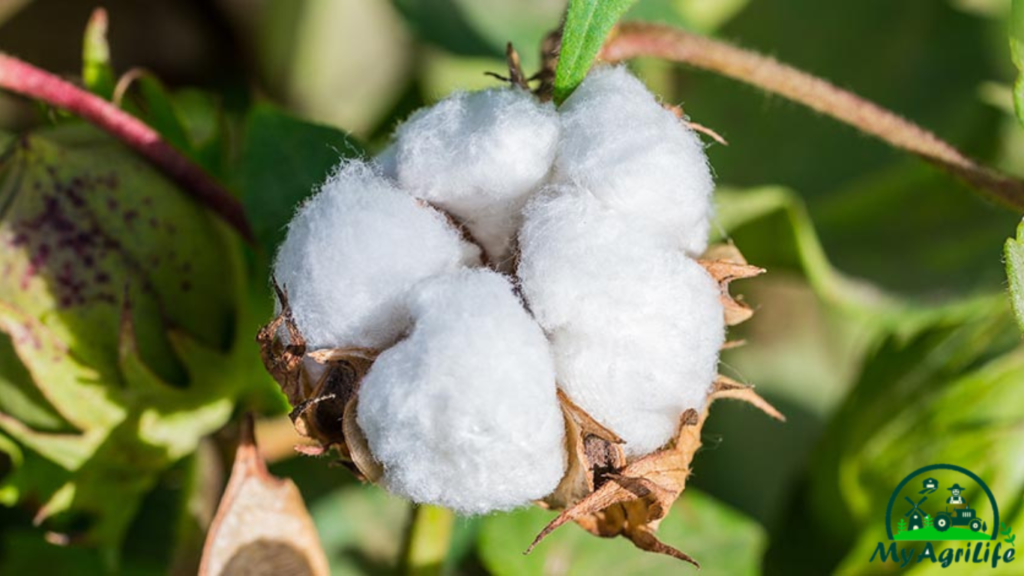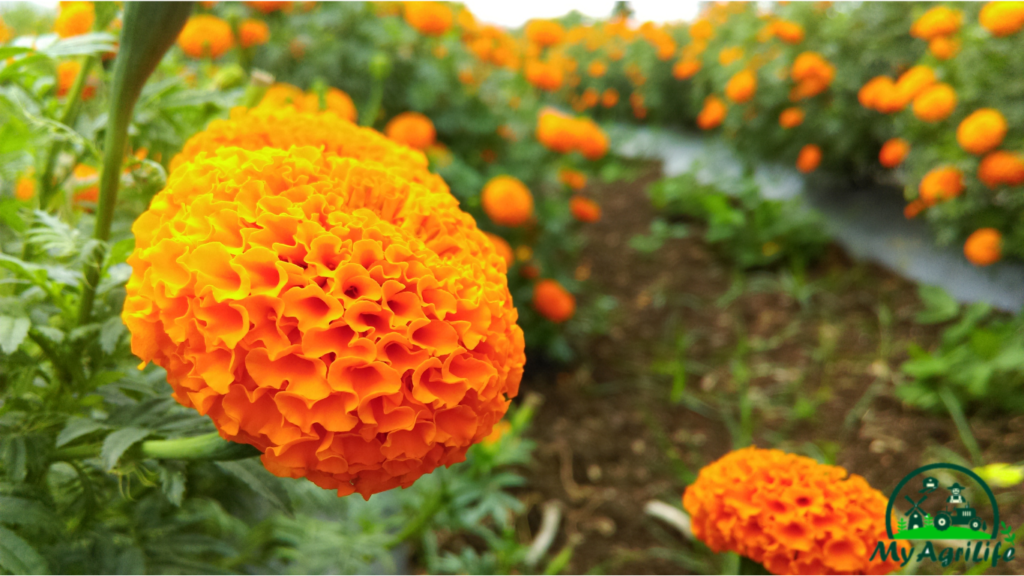
Marigold, also known as in Hindi, is a flowering plant that belongs to the family Asteraceae. It is native to Mexico and Central America but has become popular as an ornamental plant in many parts of the world.
Marigolds are known for their bright, vibrant colors, including shades of yellow, orange, and red. They are often used in flower gardens, as well as in landscaping and as cut flowers for indoor decoration. In addition to their aesthetic appeal, marigolds have also been used in traditional medicine for their anti-inflammatory and antiseptic properties.
In India, marigolds are particularly significant as they are commonly used in religious ceremonies and festivals, such as Diwali and Durga Puja. They are also used in garlands and decorations for weddings and other celebrations.
Overall, marigolds are versatile plants that are valued for their beauty, practical uses, and cultural significance.
Seed Specification Marigold
Marigold seeds have certain specifications that can vary depending on the variety and the specific seed supplier. However, here are some general specifications you may find when purchasing marigold seeds:
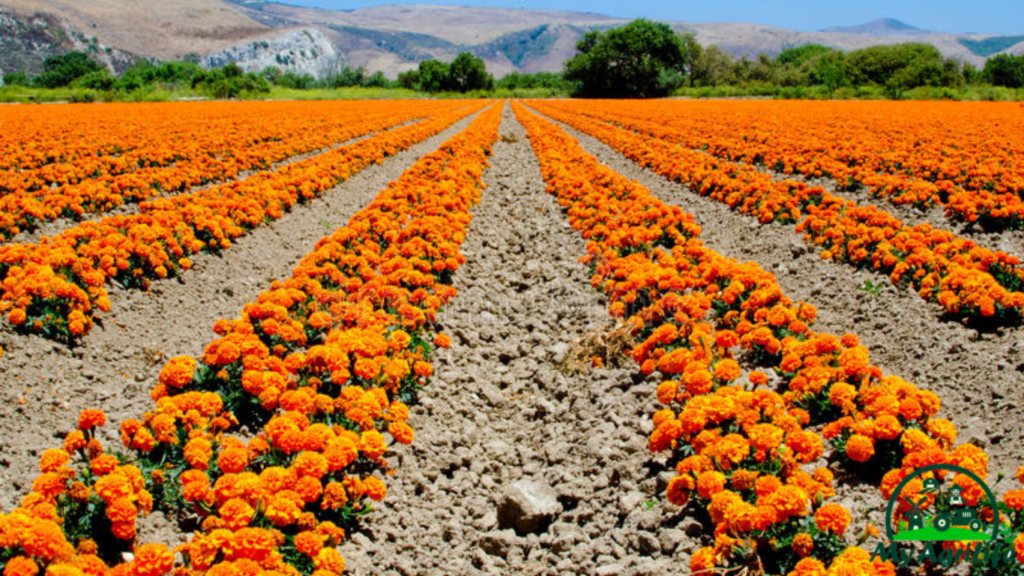
1.Seed size: Marigold seeds are generally small, ranging from 1-2 millimeters in diameter.
2.Seed color: Marigold seeds can vary in color depending on the variety, but they are typically dark brown or black.
3.Germination time: Marigold seeds typically germinate within 5-10 days, although some varieties may take longer.
4.Plant height: Marigold plants can range in height from 6 inches to 3 feet, depending on the variety.
5.Flower color and size: Marigold flowers come in a variety of colors, including yellow, orange, and red. The size of the flowers can also vary, with some varieties producing smaller, daisy-like flowers, and others producing larger, more full-bodied blooms.
6.Sun requirements: Marigold plants prefer full sun exposure and require at least 6 hours of direct sunlight per day.
7.Soil requirements: Marigold plants prefer well-draining soil that is rich in organic matter.
8.Water requirements: Marigold plants require regular watering, but they can tolerate some drought. It’s important not to overwater marigolds, as this can lead to root rot.
These are some of the common specifications you may find when purchasing marigold seeds, but as mentioned earlier, they can vary depending on the specific variety and supplier.
Land Preparation & Soil Health Marigold
Proper land preparation and soil health are important for growing healthy and vigorous marigold plants. Here are some tips for land preparation and soil health for marigolds:

1.Soil type: Marigolds prefer well-drained soil that is rich in organic matter. Sandy loam or loamy soils are ideal for marigolds.
2.Soil pH: Marigolds prefer slightly acidic to neutral soil with a pH range of 6.0 to 7.0. If the soil is too acidic, add agricultural lime to raise the pH.
3.Land preparation: Prepare the land by removing weeds, rocks, and debris. Till the soil to a depth of 6-8 inches to loosen the soil and improve drainage.
4.Organic matter: Add organic matter such as compost, well-rotted manure, or leaf mold to the soil to improve soil fertility and water-holding capacity.
5.Fertilizer: Marigolds do not require a lot of fertilizer, but it’s recommended to add a balanced fertilizer such as a 10-10-10 formula at a rate of 1 to 2 pounds per 100 square feet before planting.
6.Watering: Marigolds require regular watering, especially during dry spells. It’s important not to overwater, as marigolds are susceptible to root rot.
7.Mulching: Mulching the soil around the marigold plants with organic materials such as straw, grass clippings, or leaves can help retain soil moisture and suppress weeds.
8.Crop rotation: It’s a good practice to rotate marigold plants with other crops to prevent soil-borne diseases and maintain soil health.
By following these tips, you can create optimal growing conditions for marigolds and promote healthy growth and abundant blooms.
Crop Spray & Fertilizer Specification Marigold
Marigolds do not require heavy fertilization, but a light application of fertilizer during planting and throughout the growing season can help promote healthy growth and blooming. Additionally, regular crop spraying can help prevent pests and diseases that can damage the plants. Here are some specifications for crop spray and fertilizer for marigolds:
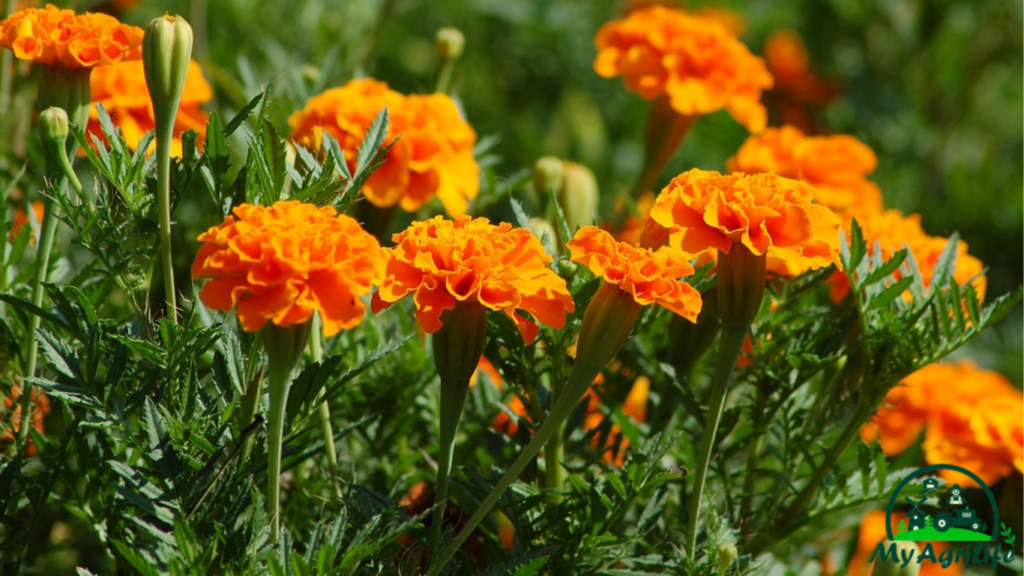
1.Fertilizer: A balanced fertilizer with an NPK ratio of 10-10-10 or 5-10-5 can be applied at a rate of 1 to 2 pounds per 100 square feet before planting. A second application can be made after the plants have begun to establish and a third application can be made during the flowering period. However, avoid over-fertilizing marigolds, as this can cause excessive foliage growth and fewer blooms.
2.Organic fertilizer: Compost tea, fish emulsion, or seaweed extracts can be used as organic fertilizers. These can be applied at a rate of 2-3 tablespoons per gallon of water, and the mixture can be sprayed onto the plants every 2-3 weeks.
3.Crop spray: Marigold plants can be sprayed with a natural insecticidal soap or neem oil to control pests like aphids, spider mites, and whiteflies. A fungicide can also be applied to prevent diseases like powdery mildew, botrytis, and rust. It’s important to follow the manufacturer’s instructions when using any crop spray.
4.Frequency of spray: Spray the marigold plants every 2-3 weeks or as needed, depending on the severity of pest or disease infestations.
By using appropriate fertilizers and crop sprays, you can ensure healthy and vibrant marigold plants that produce an abundance of blooms. It’s also important to follow safe application practices to protect the environment and ensure human and animal safety.
Weeding & Irrigation Marigold
Weeding and irrigation are important aspects of growing healthy marigold plants. Here are some tips for weeding and irrigation for marigolds:

1.Weeding: It’s important to keep the area around the marigold plants free from weeds. Weeds can compete with the marigolds for nutrients and water, and they can also harbor pests and diseases. Hand weeding or using a hoe is an effective way to remove weeds. Apply a layer of mulch around the plants to suppress weed growth and retain soil moisture.
2.Irrigation: Marigolds require regular watering to grow and bloom properly. Water the plants deeply once or twice a week, depending on the weather and soil conditions. It’s important not to overwater, as marigolds are susceptible to root rot. Avoid watering from overhead, as this can promote disease. Instead, water at the base of the plant with a soaker hose or drip irrigation system.
3.Drought tolerance: Marigolds have some drought tolerance, but they still require regular watering. If the plants are stressed due to lack of water, they may produce fewer blooms and be more susceptible to pests and diseases.
4.Monitoring: Keep an eye on the soil moisture level and the appearance of the marigold plants. Wilting, yellowing leaves, or stunted growth can be signs of overwatering or underwatering. Adjust the watering schedule as needed.
By following these tips for weeding and irrigation, you can help ensure healthy and vibrant marigold plants that produce an abundance of blooms.
Harvesting & Storage Marigold
Harvesting and storage are important steps in the marigold growing process to ensure that you get the most out of your crop. Here are some tips for harvesting and storage of marigold flowers:
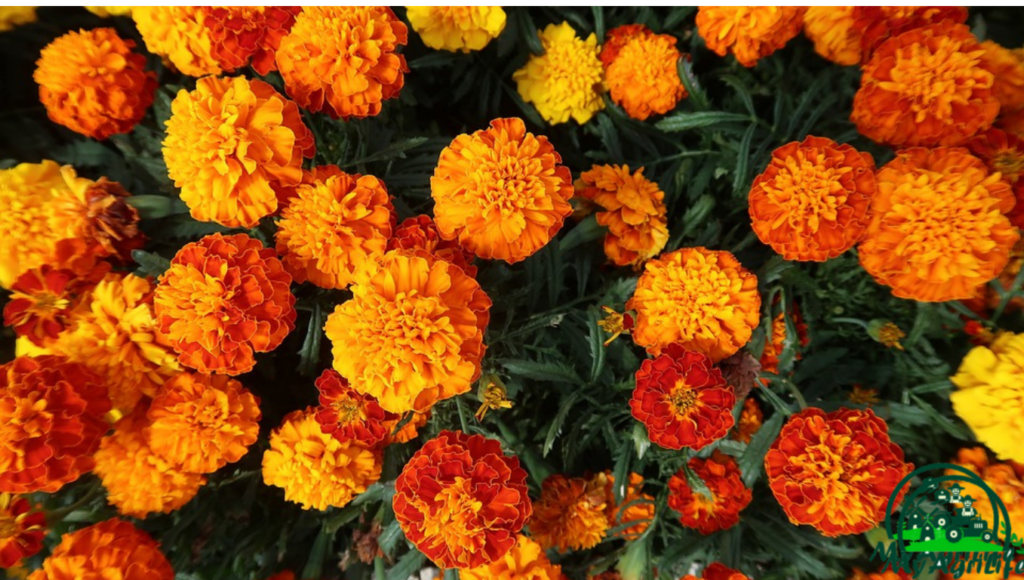
1.Harvesting: Marigold flowers should be harvested when they are fully open but before they start to wilt. The best time to harvest is in the morning after the dew has evaporated. Use a pair of clean, sharp scissors to cut the stem of the flower just above the foliage.
2.Deadheading: Regularly deadhead the marigold plants by removing spent blooms to encourage new growth and prolong the blooming period.
3.Storage: Once harvested, marigold flowers should be stored in a cool, dry place away from direct sunlight. Avoid exposure to moisture and humidity, as this can cause the flowers to mold or rot. You can store the flowers in a paper bag or wrap them in paper towels to absorb any moisture.
4.Drying: If you want to dry the marigold flowers, tie the stems together in small bunches and hang them upside down in a warm, dry, and well-ventilated area. Once dry, store them in an airtight container away from light and moisture.
5.Use: Marigold flowers can be used in a variety of ways, including as a natural dye, as an ingredient in tea, as a decorative element in floral arrangements, or in homemade skincare products.
By following these tips for harvesting and storage, you can enjoy the beauty and benefits of your marigold crop for a longer period.
Conclusion
In conclusion, marigold farming can be a rewarding and profitable venture if done correctly. Marigolds are relatively easy to grow and maintain, making them a popular choice for home gardeners and commercial growers alike.
To start marigold farming, it’s important to prepare the land and ensure good soil health, select appropriate seed varieties, and apply fertilizers and crop sprays as needed. Proper irrigation and weeding practices are also important for healthy plant growth and blooming.
Harvesting and storage are crucial steps in the marigold farming process to ensure the maximum yield and quality of the flowers. Marigold flowers can be used in a variety of ways, from natural dyes to skincare products.
By following best practices for marigold farming, including proper land preparation, seed selection, fertilization, irrigation, and storage, you can ensure healthy and vibrant plants that produce an abundance of blooms.








